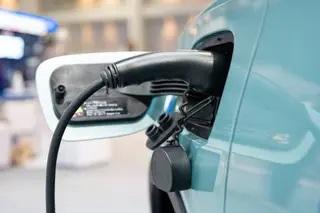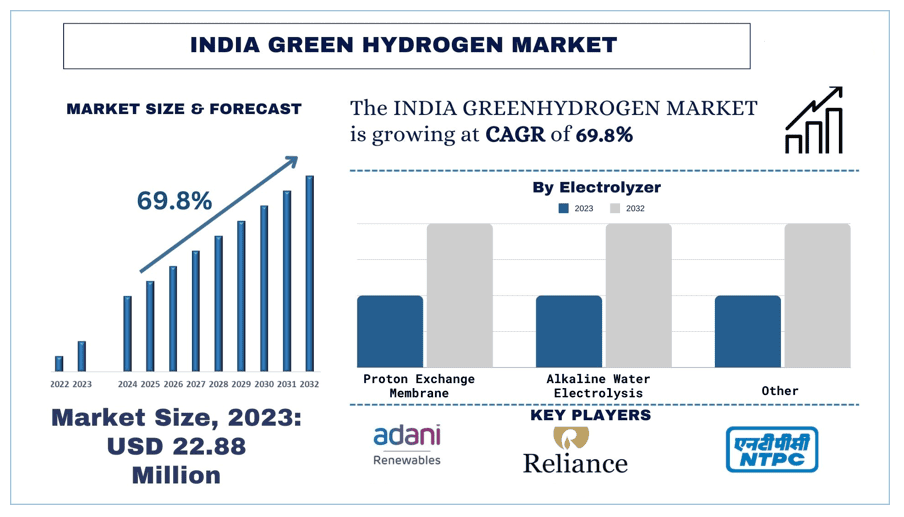EV Charging at Home: Can a Regular Outlet Power Your Drive?

Introduction
LiCB Charge, a leading EV charger manufacturer in China, delivers reliable AC and DC electric vehicle charging stations along with complete, end-to-end charging solutions.
The rapid rise of electric vehicles (EVs) is transforming how households approach energy use and transportation. As more drivers switch from gasoline-powered cars to EVs, home charging solutions have become a central topic of discussion. While public charging networks continue to expand, many EV owners rely primarily on charging at home. Among the available options, using a standard household outlet remains the simplest and most accessible method.
Most American homes are equipped with 120-volt outlets, also known as Level 1 EV charging outlets. For drivers with predictable, shorter commutes, these outlets offer a practical and cost-effective way to keep vehicles charged. However, like any charging method, they come with both advantages and limitations that should be understood before relying on them exclusively.
This article provides a comprehensive guide to home EV charging via standard outlets, covering requirements, benefits, challenges, and the future outlook for EV owners.
Home EV Charging
Requirements for Charging via a Standard Outlet
Level 1 charging—using a standard household outlet—is the simplest way to recharge an EV. Typically, no additional installation or equipment beyond the vehicle’s supplied charging cable is required.
Key requirements include:
-
A 120-volt grounded outlet
-
A circuit with sufficient capacity, ideally dedicated to EV charging
-
Convenient proximity to your parking area
Safety is critical. EVs draw continuous power over several hours, so outlets and wiring must be in good condition to prevent overheating or fire hazards. Experts recommend avoiding long or lightweight extension cords, which can overheat under heavy loads.
In terms of speed, Level 1 charging is relatively slow, delivering 3–5 miles of driving range per hour. A full charge for a large-battery EV can take more than 24 hours. For drivers with shorter commutes or occasional travel, however, this method may be perfectly adequate.
Home EV Charging Equipment Overview
EV home charging generally falls into three categories:
Level 1: 120V Charging
-
Uses standard household outlets
-
Adds 2–5 miles of range per hour
-
Requires no installation
-
Ideal for overnight charging if daily driving is under 40 miles
Level 2: 240V Charging
-
Requires a dedicated 240-volt outlet, similar to those for dryers or large appliances
-
Adds 10–25 miles of range per hour
-
Installation usually requires a licensed electrician
-
Best for households with multiple EVs or longer commutes
DC Fast Charging (Level 3)
-
Uses 480-volt inputs
-
Charges most EV batteries to 80% in under 40 minutes
-
Requires specialized equipment and vehicle compatibility
-
Typically found in public charging stations; not commonly supported by plug-in hybrids
Benefits of Charging with a Standard Outlet
While slower than other methods, Level 1 charging offers several advantages:
-
Accessibility: Most homes already have 120-volt outlets, eliminating installation costs.
-
Ease of Use: Simply plug in the EV, similar to charging a phone.
-
Low Cost: No additional equipment or installation fees.
-
Sufficient for Low-Mileage Drivers: Daily drives of 20–30 miles can be met with overnight charging.
-
Flexibility for Renters: Works without permanent property modifications.
-
Backup Option: Can serve as a secondary charging method for households with Level 2 setups.
Limitations of Standard Outlet Charging
Understanding the limitations is essential to avoid inconvenience:
-
Slow Charging Speeds: Large batteries may take more than 24 hours to fully recharge.
-
Strain on Electrical Systems: Prolonged use can cause overheating, particularly in older homes.
-
Limited Use for Multi-EV Households: Families with multiple EVs may need faster solutions.
-
Emergency Inconvenience: Sudden long trips may be impractical with slow charging.
-
Circuit Overload Risk: Charging on shared circuits can trip breakers or create hazards.
Safety Considerations for Home Charging
EV charging is safe if proper precautions are taken:
-
Use a dedicated circuit
-
Avoid unapproved extension cords
-
Inspect outlets regularly for heat, discoloration, or wear
-
Hire a licensed electrician for outdated wiring
-
Install GFCI outlets in garages or outdoor spaces
While automakers design portable chargers with safety features, homeowners must ensure their electrical systems can safely support prolonged charging.
Comparing Level 1 and Level 2 Charging
| Feature | Level 1 (120V) | Level 2 (240V) |
|---|---|---|
| Installation Cost | None | $500–$1,500 |
| Charging Speed | 3–5 miles/hour | 10–25 miles/hour |
| Daily Suitability | <40 miles/day | 40–100+ miles/day |
| Flexibility | Plug-and-play | Requires electrician |
| Use Case | Renters, light drivers | Homeowners, long commutes, multiple EVs |
For households with higher daily mileage or multiple EVs, Level 2 charging offers greater convenience and long-term value despite higher upfront costs.
Who Benefits Most from Standard Outlet Charging?
-
Urban Commuters: Short daily commutes of 10–15 miles are easily covered overnight.
-
Second Vehicle Owners: Suitable for families using EVs for errands or short trips.
-
Early Adopters: First-time EV owners can start with Level 1 charging before investing in upgrades.
-
Temporary Housing: Renters or students in apartments with limited electrical access can rely on standard outlets.
Future Outlook for Home Charging
EV home charging continues to evolve:
-
Smart Chargers: Even basic Level 1 chargers now feature scheduling, remote monitoring, and energy optimization.
-
Utility Incentives: Rebates and off-peak rates make charging more economical.
-
Property Value: Homes with EV charging solutions are becoming increasingly attractive.
-
Portable and Modular Chargers: Easier upgrades from Level 1 to Level 2 without full replacements.
-
Renewable Energy Integration: Pairing with solar panels and home batteries reduces grid dependency.
Conclusion
Charging an EV at home via a standard outlet is affordable, accessible, and suitable for many drivers with modest mileage. Although slower than Level 2 charging, it provides a reliable entry point into electric mobility.
Understanding the advantages and limitations of each charging method allows EV owners to choose solutions that match their driving habits, home setup, and long-term goals. Whether starting with a simple 120-volt outlet or installing a high-powered Level 2 station, the key is convenience, safety, and alignment with lifestyle needs.
For now, the standard outlet remains a practical and familiar gateway to a cleaner, more sustainable transportation future.
It's important to know about Google SEO to help your website rank higher in search results.








